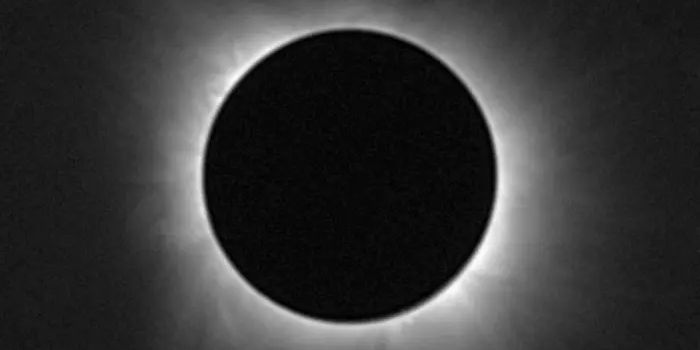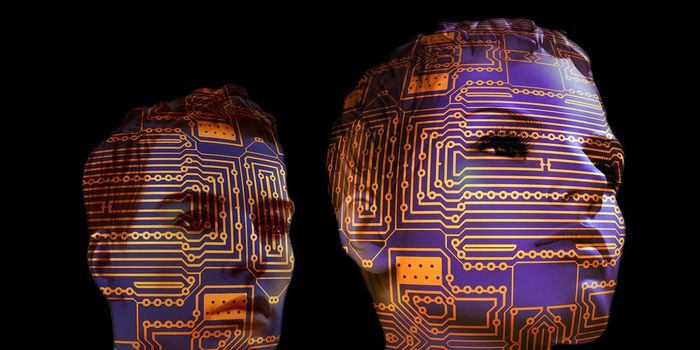This Day in Science History: Einstein Discovers the Modern Photoelectric Effect
June 9, 2022, marks 117 years since Einstein published his groundbreaking paper on the photoelectric principle.
The analysis was published on June 9, 1905, also known as Einstein’s “miracle year” because of the number of critical discoveries he published. The paper was entitled “A heuristic point of view of the production and transformation of light” in Annales der Physik, and it introduced the principle that light had the properties of both waves and particles.
This analysis won Einstein the Nobel Prize in 1921 and was built on previous work from Isaac Newton, Robert Hooke, and Max Planck. Before his analysis, there was a debate in the physics community during the 1800s about the nature of light; Newton thought that light had the qualities of particles, while Hooke thought it acted as a wave. For a while, it looked like Hooke was right, and the debate was settled.
However, in 1900 Planck published his formula for blackbody radiation, which theorized that electromagnetic radiation could only be released in “packets,” which have energy proportional to the frequency of the radiation. This gave rise to Planck’s famous equation E=hf, E is energy, f is the frequency of radiation, and h is Planck’s constant of 6.626 × 10−34 joule∙second.
Einstein used Planck’s theory and set it to physics. Light particles, known as “quanta” to Einstein but “photons” nowadays, have the properties of both waves and particles, he suggested. This is known as the photoelectric effect.
The photoelectric effect was proposed by Hertz. After observing that electrons were ejected from an illuminated metal surface depending on the type of metal and light frequency, instead of the strength of the light, which was predicted, a wave’s properties depend on the intensity of the light and are independent of its frequency.
Einstein proposed that a minimum amount of energy is needed to eject the electrons from the metal surface. Only photons with energy higher than the minimum could escape the surface of the metal.
Einstein’s analysis of the photoelectric effect was verified by Robert Millikan in 1916, who won the Nobel Prize in Physics in 1923 for his work.
Sources: Open Mind BBVA, Encyclopedia Brittanica








